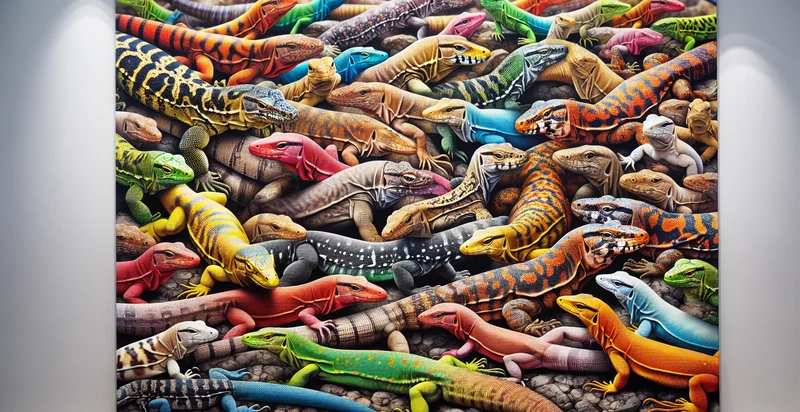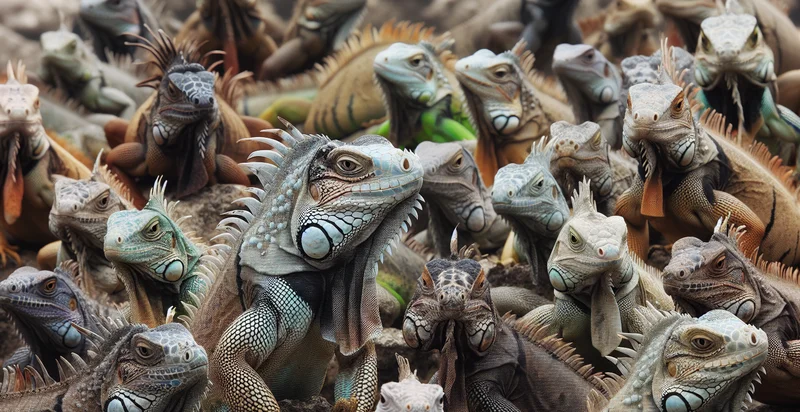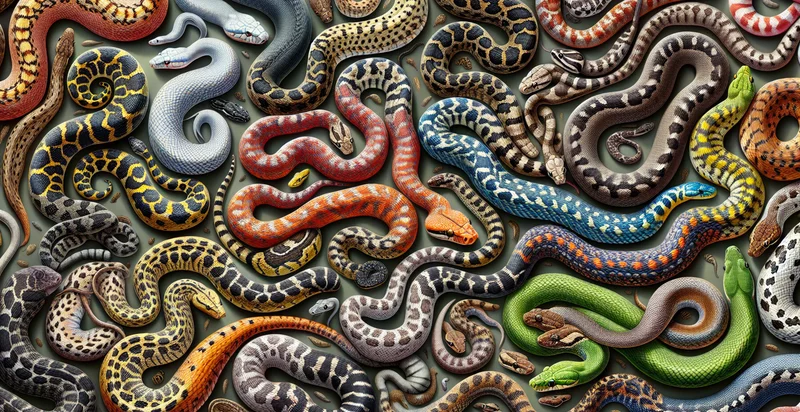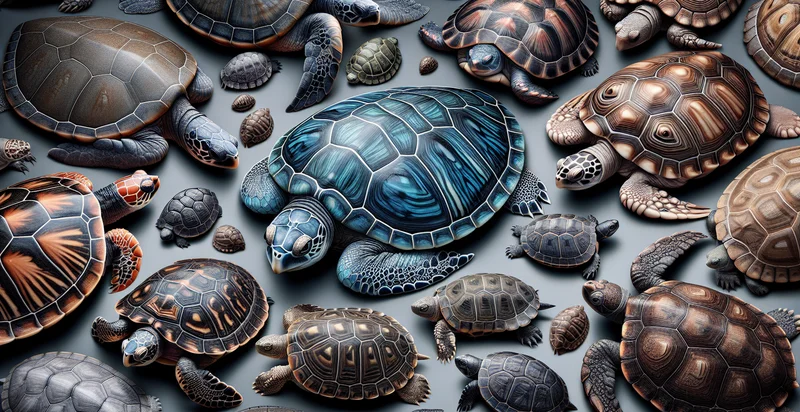Identify lizard species
using AI
Below is a free classifier to identify lizard species. Just upload your image, and our AI will predict which lizard species it is - in just seconds.


Contact us for API access
Or, use Nyckel to build highly-accurate custom classifiers in just minutes. No PhD required.
Get started
import nyckel
credentials = nyckel.Credentials("YOUR_CLIENT_ID", "YOUR_CLIENT_SECRET")
nyckel.invoke("lizard-species-identifier", "your_image_url", credentials)
fetch('https://www.nyckel.com/v1/functions/lizard-species-identifier/invoke', {
method: 'POST',
headers: {
'Authorization': 'Bearer ' + 'YOUR_BEARER_TOKEN',
'Content-Type': 'application/json',
},
body: JSON.stringify(
{"data": "your_image_url"}
)
})
.then(response => response.json())
.then(data => console.log(data));
curl -X POST \
-H "Content-Type: application/json" \
-H "Authorization: Bearer YOUR_BEARER_TOKEN" \
-d '{"data": "your_image_url"}' \
https://www.nyckel.com/v1/functions/lizard-species-identifier/invoke
How this classifier works
To start, upload your image. Our AI tool will then predict which lizard species it is.
This pretrained image model uses a Nyckel-created dataset and has 30 labels, including Anolis Carolinensis and Draco Volans.
We'll also show a confidence score (the higher the number, the more confident the AI model is around which lizard species it is).
Whether you're just curious or building lizard species detection into your application, we hope our classifier proves helpful.
Related Classifiers
Need to identify lizard species at scale?
Get API or Zapier access to this classifier for free. It's perfect for:
- Wildlife Conservation Efforts: Conservation organizations can use this function to identify different species of lizards in a particular environment more accurately. This helps in the monitoring of species, identifying endangered ones, and developing appropriate conservation strategies.
- Pet Trade Regulation: Wildlife regulatory bodies can use the 'lizard species' identifier in inspecting illegal pet trade. The function can enable them to accurately identify various lizard species, ensuring endangered or protected species are not being sold.
- Biological Research Assistance: The Multilabel image classification function could assist researchers when conducting biological studies. Helping to identify different lizard species speeds the research process, especially for field researchers dealing with a large amount of photographic data.
- Zoo Administration Tool: Zoos can utilize the function to correctly classify and tag different lizard species in their care. Ensuring an accurate account of species helps in management, educational purposes, and breeding programs.
- Animal Photography Cataloging: Wildlife photographers and publications can use this function to classify and organize their wildlife images based on the lizard species. Such an identifier would be beneficial in creating richer and more accurate content.
- Veterinary Practice: Veterinary practices with a focus on exotic pets can benefit from the 'lizard species' identifier to verify species during routine care, treatment, or surgical procedures, ensuring each animal receives the best species-specific care.
- Education and Awareness: Non-profit organizations and educational platforms focusing on wildlife and environmental studies can use the function to educate the public. It can aid people to identify lizard species in their local environment, promoting curiosity, and awareness about biodiversity.


